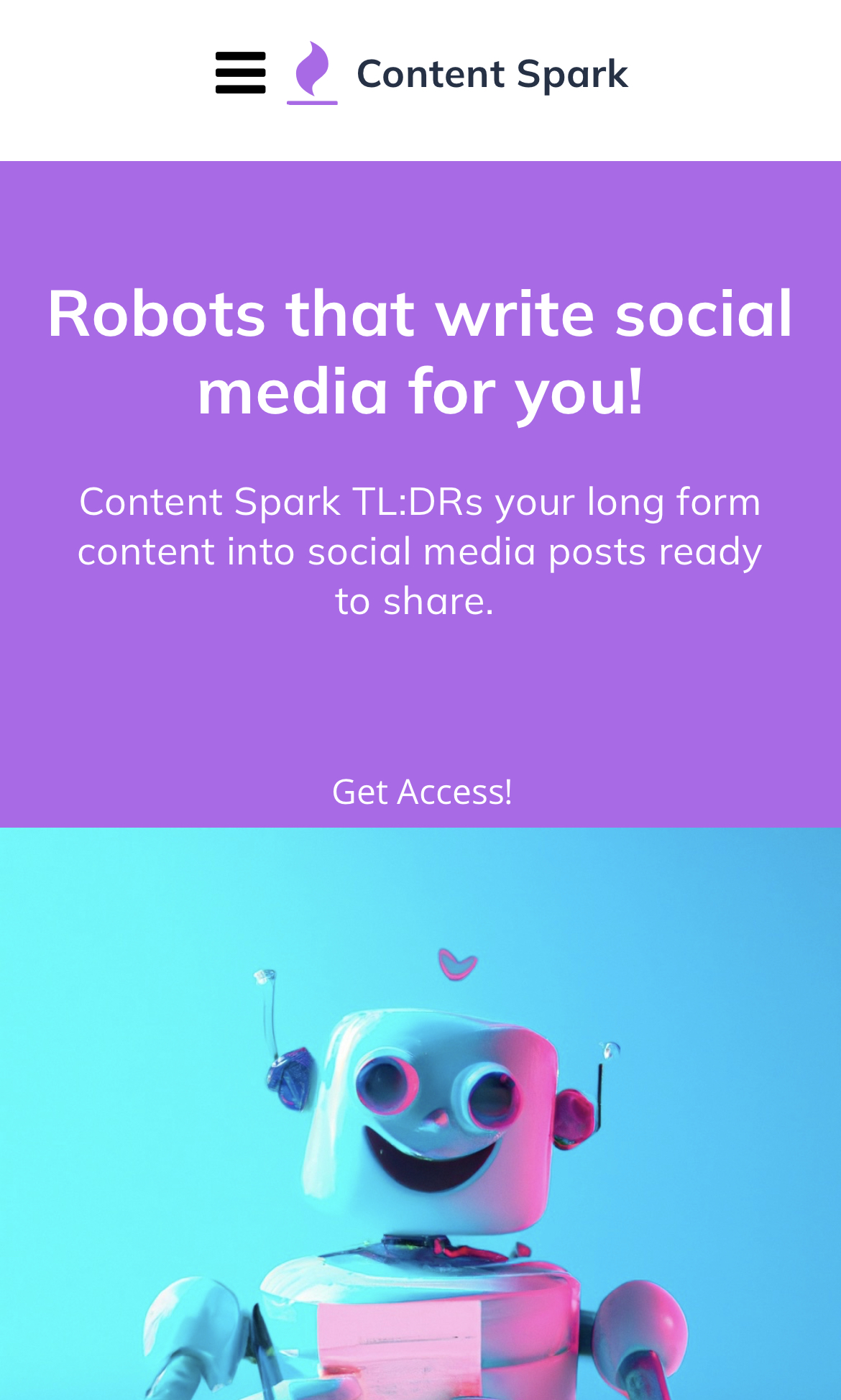Last week I spent a day or so seeing how far I could get with building a SAAS app with a popular no-code tool named Bubble.IO. Here’s my first impressions as someone who’s a developer that owns a traditionally coded SAAS app.
My goal was to build an app to help automate some content tasks with a sprinkle of AI. The MVP… give it a blog post, get a series of tweets back, get those tweets posted to social.
-
OMG there are full SAAS app templates that include the most of the fundental plug-ins and data models for auth, Stripe, and exposing APIs.
-
Just add your API key for stripe and you could be selling your hello world app as a subscription service in under sn hour. Amazing.
-
It even supports some back end workflows to send basic user emails like verification. Cool.
-
I know I want to use the OpenAI API and I already have a dev account there. So I searched the bubble plug-in market place and found a couple of options the community has already built.
-
The plug-in marketplace is pretty well stocked. Not as big as pulling gems or node packages, but the basics are all covered and most trending things like AI tools.
-
The plug-in I downloaded didn’t support the latest API parameters and I couldn’t open up the code to add it. I guess that would have been cheating. But it would have saved a bunch of time.
-
Thankfully Bubble supports a custom API call builder with a no code form. So I built my own OpenAI api calls.
-
Debugging the official Bubble API calls is limited at best. I kept seeing errors and you can’t just open the network tab in Chrome or get easy errors back from the API you are calling. Took way to long to fix this issue with trial and error.
The developer for the first plug-in i tried to use got back to me. Considering it was a free plug-in I was impressed. He added support for the newer parameters. Maybe I shouldn’t have built my own calls. :)
-
Now I could really try building out the UI. I found it mostly combersome.
-
It supports global styles, colors, and UI elements that can be edited and reused. That’s the good part.
-
Building new UI I assumed would be as easy as something like webflow or another website building tool. It’s not. Layouts are hard to follow and most changes get made in a UI pop up that’s not quick.
Managed to build a quick form for entering a blog post URL and some content to summarize time to wire up the UI to the API call I added.
-
Click on a button and it was obvious where to add actions. You chain auto completed inputs and outputs together with some simple operations in a visual way. It works, but the UI for building complex statements like “take this string and split it at the “,” and generate a “list” of responses to be used in the repeating UI is very small. I would love to see a dedicated logic screen where you could do it more like scratch or other UI programming tools.
-
Lost a lot of time watching videos trying to figure out why my results UI wasn’t populating. The “debugger” goes step by step… but it stops just short of really giving you enough insight as to why something isn’t working.
-
Ok. So yellow workflow text means it’s bad and blue means it’s good. Basically I had a type problem. The UI was expecting one format and my result set was in another. Something that would be more obvious in a regular coded app.
-
The debugger does let you inspect the data being passed around. Just not how what the response was from the UI. The yellow text was a warning I missed.
Got the first part of my MVP working!
-
It’s not worth it if you can’t deploy so I upgraded in order to publish a live app. Totally worth $29 in hosting a month.
-
Connecting my domain https://contentspark.ai easy and it was live very quickly.
-
Invited a friend to signup and it worked! Not bad for a days work especially considering the learning curve of a new tool.
-
Got feedback the mobile UI sucked in this template. Tried it out. They were right. It doesn’t flow well.
-
Back to the cumbersome UI tools I had to admit this would be way faster for me to build in pure HTML and Tailwind or Bootstrap CSS.
-
Made some improvements… but it’s too janky for my taste.
-
Hit a limitation with my app. Couldn’t find a good way to get people authenticated with Twitter so I could post on their behalf as a job behind the scenes. I still don’t know how to write my own plug-ins to get around this. But at that point I’d be writing code.
Bonus: Super easy to drop in the KickoffLabs contest box on the home page to create a waitlist. :)
At this point my time was up for first impressions.
Overall going from Zero to MVP is insanely fast with a tool like this. If you can’t code it’s a great foot in the door and levels the playing field a lot for the early stages of a basic app. I could be getting way more real feedback on Content Spark already that would be making the full app much better.
If you do code you are going to be frustrated. It’s like learning a new language and a platform all at once. Not starting from scratch mind you.. but going from one to another. There are several times you’ll wish you could get under the covers to make it easier or do just a little more than what’s possible.
